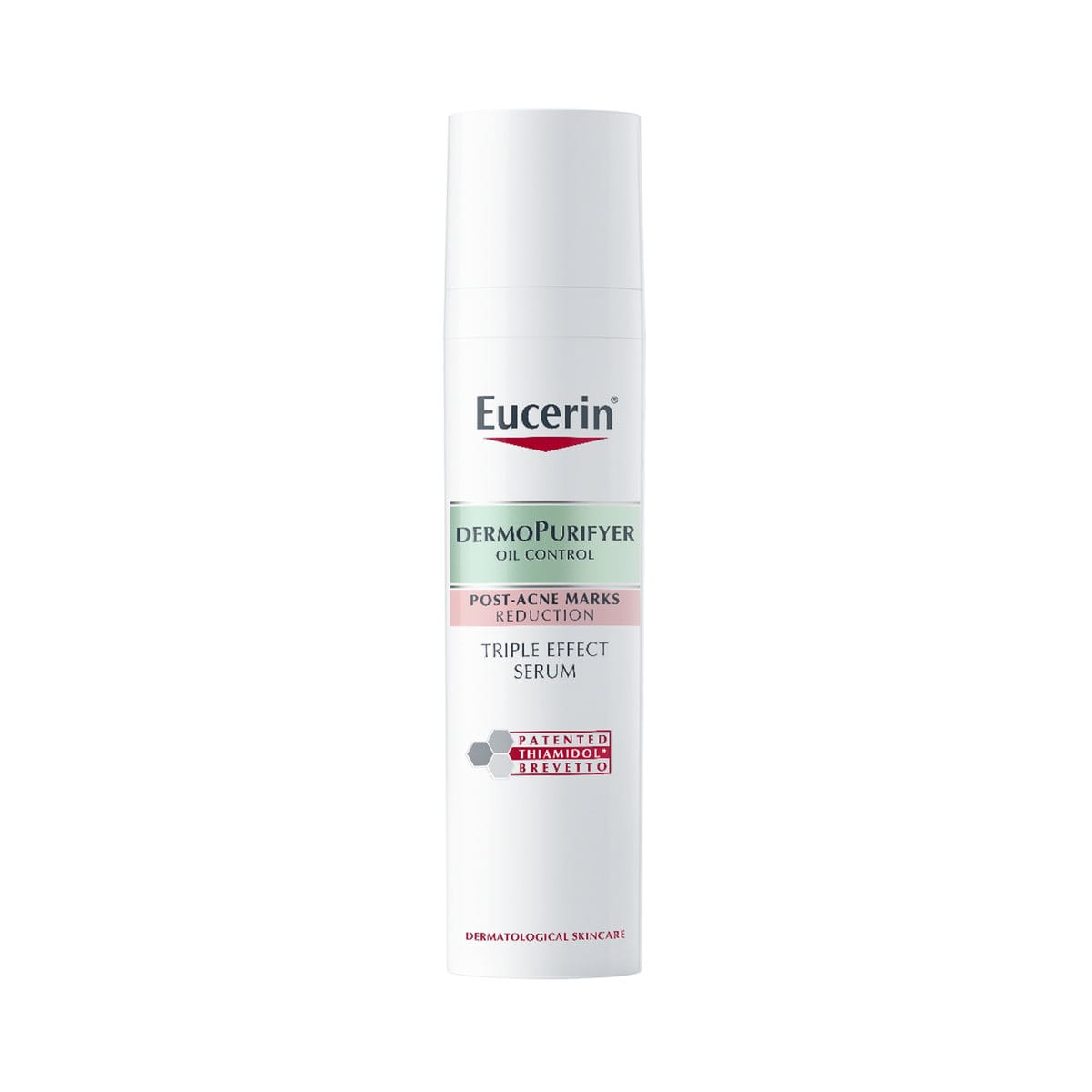On your search for products that manage active flare-ups or post-acne scars, you are quite likely to come across one of the industry favorites, salicylic acid. This is a revered beta-hydroxy acid (BHA) that can be found in several over-the-counter and prescription skin care products for effectively managing acne-prone skin.
But how good is salicylic acid for acne and its scars? Through this article, we will help you understand the way the ingredient’s ability to inhibit acne triggers and ways that it can be optimally used in your skincare routine for clear, healthy skin.
Keynotes:
- Salicylic acid is a known beta-hydroxy acid (BHA), which is primarily used in skincare to exfoliate the skin.
- It helps regulate sebum production, reduce inflammation, and unclog pores.
- Start salicylic acid in lower concentrations in OTC products like face wash and serum for about 2-3 days a week to build tolerance and reduce irritation.
- Maintain consistent use of broad-spectrum sunscreen to avoid skin sensitivity, inflammation, and exacerbated hyperpigmentation.





